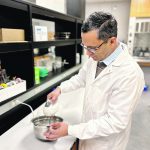Emulsion. It’s one of those words that’s rarely used in daily conversations. But in the food industry, emulsions are a big deal. Dozens of foods at the grocery store are emulsions. Including mayonnaise, ice cream and many sauces. “A great example is milk. (It) is an oil in water emulsion. Oil droplets coated with proteins […] Read more
Tag Archives Pulse Producer
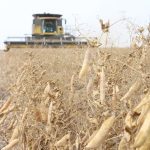
Breeding program focuses on ultra-high-protein peas
Israel-based Equinom is using artificial intelligence to create ultra-high-protein yellow pea varieties that Canadian farmers will soon be able to grow. Founder and CEO Gil Shalev said the company’s use of technology extends to being able to know early on just how much protein a plant will produce. The varieties contain between 27 and 32 […] Read more

Pesticide dispute is going political
Canada Grains Council says important technical data were not properly considered in lambda-cyhalothrin decision
A lot went wrong during the process the Pest Management Regulatory Agency (PMRA) used to ban lambda-cyhalothrin and it’s time to take the fight for the ability to use this active ingredient to a political arena, said Gord Kurbis, vice-president of trade policy and crop protection at the Canada Grains Council. Lambda-cyhalothrin is the active […] Read more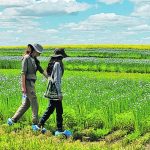
Chickpea-flax combo delivers in the field
Compared to the monocrops, Lana Shaw’s chickpea-flax combo was the clear winner, showing resiliency during extreme growing conditions. “It really put this chickpea-flax system under a pressure cooker of being seeded late with excess moisture. That’s a bad scene for chickpeas,” said Shaw, research manager at the South East Research Farm in Redvers, Sask. “We’re […] Read more
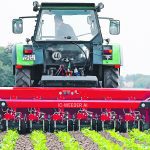
Camera-controlled cultivation consummated
Plant recognition has been the biggest technological hurdle as leading-edge companies strive to develop autonomous weed control machines. Any system is bound to fail if it can’t master image recognition. Lemken recognizes this and recently took a step forward in answering the challenge by partnering with an ag tech company called Track32. This Dutch company […] Read more

Direct from the farm to the customer
Farming was particularly tough 25 years ago when Lionel and Melody Ector started looking for options at their five-generation farm near Loreburn, just north of Lake Diefenbaker in Saskatchewan. “We decided to go into the post-processing export business,” Lionel said. “Pulse Canada had set up and arranged an international delegation to go over to Bangladesh […] Read more
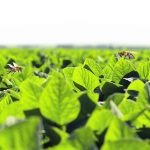
How bees boost soybean yields
Soybeans are considered self-pollinating plants that rely little on pollinators. Even so, bees contribute to their pollination and yield potential. Researchers at North Carolina State University have discovered that soybean crops planted close to pollinator habitat produce larger soybeans than those planted farther from pollinator regions. Pollinator habitat refers to areas managed to promote nectar, […] Read more
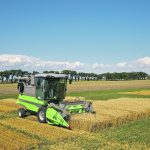
Better data yield, better crop yield
Better varieties of pulse, cereal, forage and oilseed crops depend on accurate research data collected at carefully monitored research and field-size plots. The Western Grains Research Foundation supports nine such prairie sites. Localized agronomic research, managed by farmer-driven research organizations, fosters varieties and labels appropriate to each region. Knowing that a certain crop or agronomic […] Read more
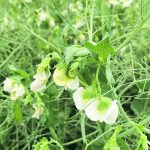
Ready, set, time to check your pulses
Spring conditions vary widely this year in Saskatchewan, with some early pulse seeding work already starting in the west-central, southwest and south-central regions, while in other areas producers wait impatiently for the last of the snow to retreat and fields to dry. Ken Panchuk, a soils specialist with the Crops and Irrigation Branch at the […] Read more
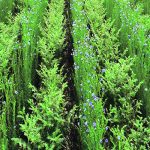
Intercrop study shows value of pulses in the mix
Oilseed and pulse intercrops can result in better yields and nutrient use, according to research conducted at the University of Saskatchewan. “Legumes are a good choice for intercropping due to their ability to biologically fix nitrogen, which can reduce competition for nitrogen in an intercrop system,” said Melanie Reid from the U of S. During […] Read more



